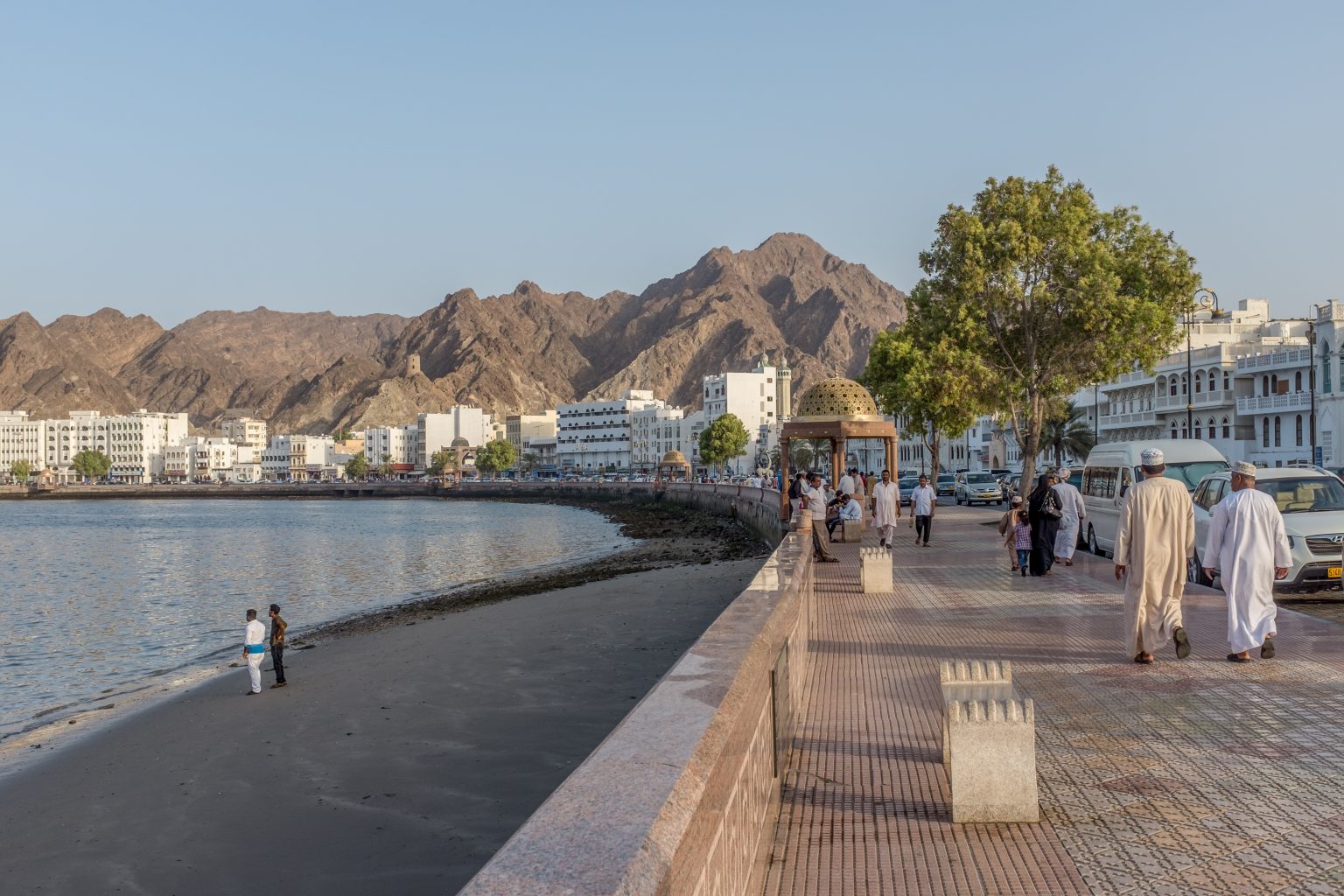
OMAN & ITS ECONOMY
Culture, custom and etiquette when doing business in Oman
Oman has experienced extraordinary development in the last few decades primarily due to the exploitation of its oil reserves. The country does have a relatively healthy economy and financial situation. Foreign companies around the world have come and collaborated with the local business due to the excellent investment opportunities provided by the government.
The Sultanate recognizes the significance of trade and investment in the country and has been making efforts to attract and promote investment in infrastructure, oil and gas, financial services, and other sectors. Over the past few years, the government has encouraged foreign trade and investment and introduced industrial regulations and labor laws. Overall, there is a vast scope for international companies that are interested to
The total population of Oman is estimated to be 5.1 million in the year 2020. More than half of the country’s population is Arab. However, there is a large number of ethnic Baloch that have migrated from Pakistan and Iran to Oman over the centuries. Oman has a young population, where half of the people are under age 30.
In Oman, Arabic is the official language, which is spoken by the majority of the population and is also taught in schools. Moreover, around 88 percent of the entire population in the country practices Islam. While oil trading is the main economy of the country, a large percentage of the population is involved in agriculture and fishing trading overseas
